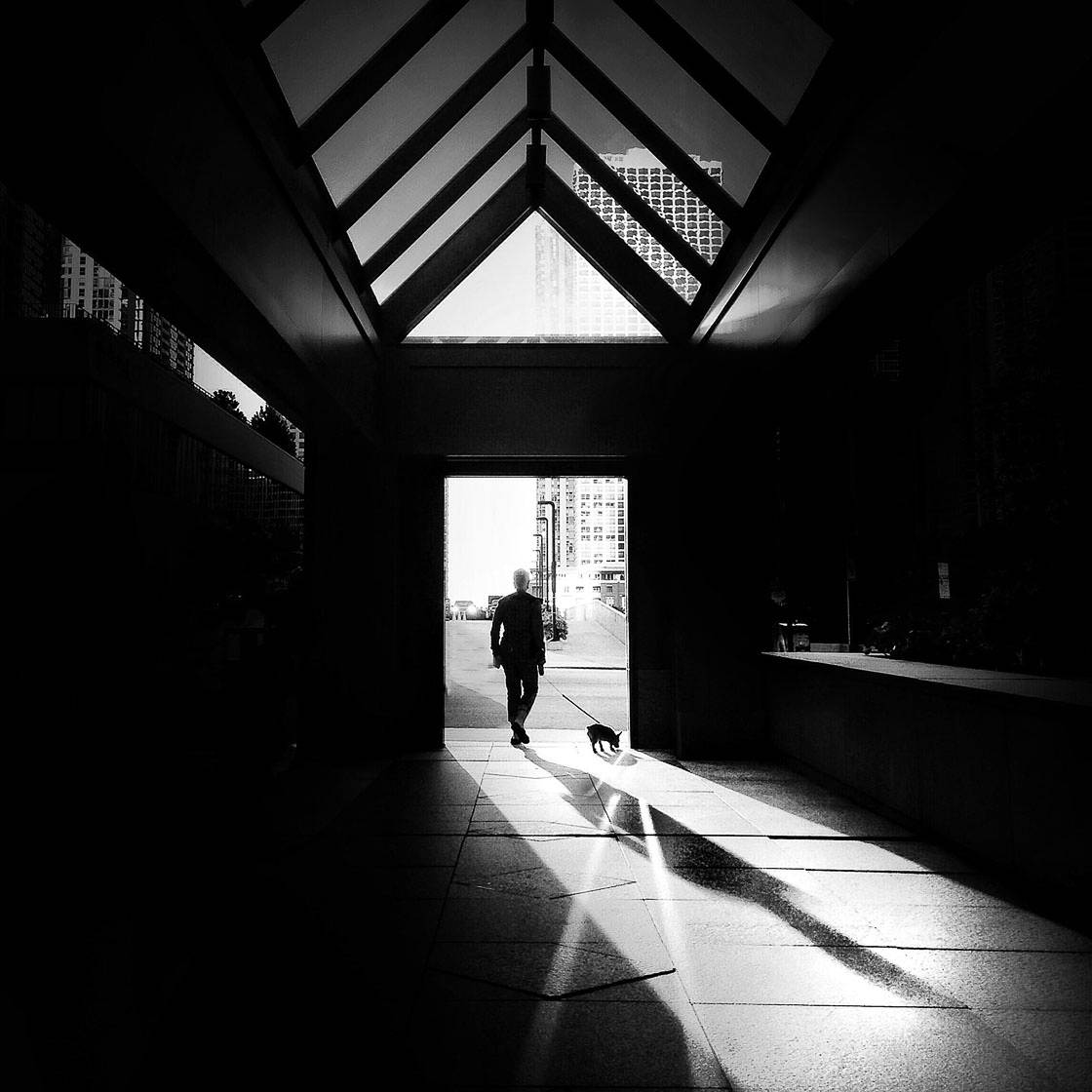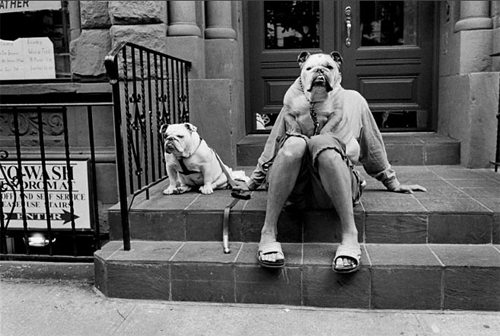The 4-Minute Rule for Street Photographers
The 4-Minute Rule for Street Photographers
Blog Article
Fascination About Street Photographers
Table of ContentsFacts About Street Photographers UncoveredWhat Does Street Photographers Do?The 10-Second Trick For Street PhotographersSome Known Facts About Street Photographers.The Facts About Street Photographers Revealed
Street professional photographers do not always have a social function in mind, but they choose to separate and capture moments which could otherwise go unnoticed.He was affected by numerous of those who influenced the road digital photographers of the 1950s and '60s, he was not mainly interested in catching the spirit of the street. The impulse to visually record people in public began with 19th-century painters such as Edgar Degas, douard Manet, and Henri de Toulouse-Lautrec, who worked side by side with professional photographers attempting to catch the essence of urban life.
Because of the comparatively primitive modern technology readily available to him and the lengthy exposure time required, he battled to record the pressure of the Paris streets. He trying out a series of photographic approaches, trying to locate one that would permit him to catch activity without a blur, and he located some success with the calotype, patented in 1841 by William Henry Fox Talbot. In comparison to Atget, photographer Charles Marville was hired by the city of Paris to create an encyclopaedic paper of Haussmann's metropolitan planning job as it unravelled, therefore old and brand-new Paris. While the digital photographers' topic was essentially the same, the results were markedly various, demonstrating the influence of the professional photographer's intent on the character of the pictures he generated.
The Buzz on Street Photographers
Provided the fine quality of his photos and the breadth of product, engineers and musicians usually got Atget's prints to make use of as referral for their very own work, though commercial interests were barely his major inspiration. Instead, he was driven to photograph every last remnant of the Paris he loved.

Unlike his peers, Brassa utilized a larger-format Voigtlnder video camera with a much longer direct exposure time, requiring him to be more calculated and thoughtful in his method than he may have been if utilizing a Leica. (It is thought that he may not have actually been able to afford a Leica during that time, however he did, however, make use of one in the late 1950s to take colour pictures.) Brassa's photos of the Paris abyss lit up by man-made light were a revelation, and the compilation of the collection that he released, (1933 ), was a major success.

Some Known Incorrect Statements About Street Photographers
It is because of this essential understanding of the art of photo taking that he is commonly credited with discovering the medium throughout again approximately a century because its development. He took pictures for more than a half century and affected generations of photographers to trust their eye and intuition in the minute.
These are the inquiries I will attempt to answer: And afterwards I'll leave you with my very own definition of road photography. Yes, we do. Let's start with specifying what a look here definition is: According to it is: "The act of defining, or of making something precise, distinctive, or clear".
No, certainly not. The term is both restricting and misinforming. Seems like a road digital photography ought to be pictures of a roads best?! And all road digital photographers, with the exception of a handful of outright beginners, will completely appreciate that a street is not the vital component to road digital photography, and in fact if it's a picture of a road with possibly a couple of monotonous people not doing anything of passion, that's not street digital photography that's a photo of a road.
Indicators on Street Photographers You Need To Know
He makes a legitimate factor don't you think? Nonetheless, while I agree with him I'm uncertain "candid public digital photography" will certainly catch on (although I do type of like the term "honest photography") because "street photography" has actually been around for a lengthy time, with many masters' names connected to it, so I believe the term is here to remain.
You can fire at the beach, at an event, in a street, in a park, in a piazza, in a cafe, at a gallery or art gallery, in a city terminal, at an occasion, on a bridge, under a bridge ...
Street Photographers Can Be Fun For Everyone
Yes, I'm afraid we scared check my source no choice! Without policies we can not have an interpretation, and without a definition we don't have a category, and without a genre we don't have anything to specify what we do, and so we are stuck in a "rules interpretation genre" loophole! - Street Photographers

Report this page